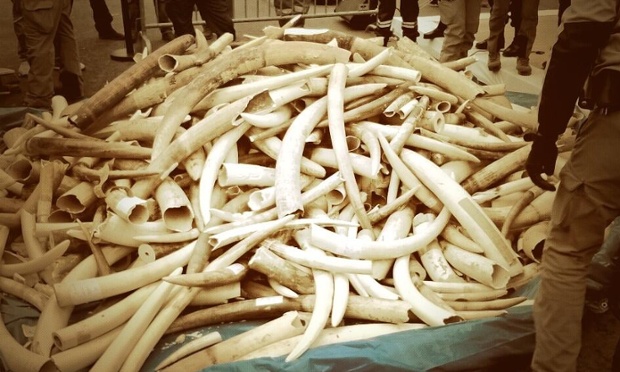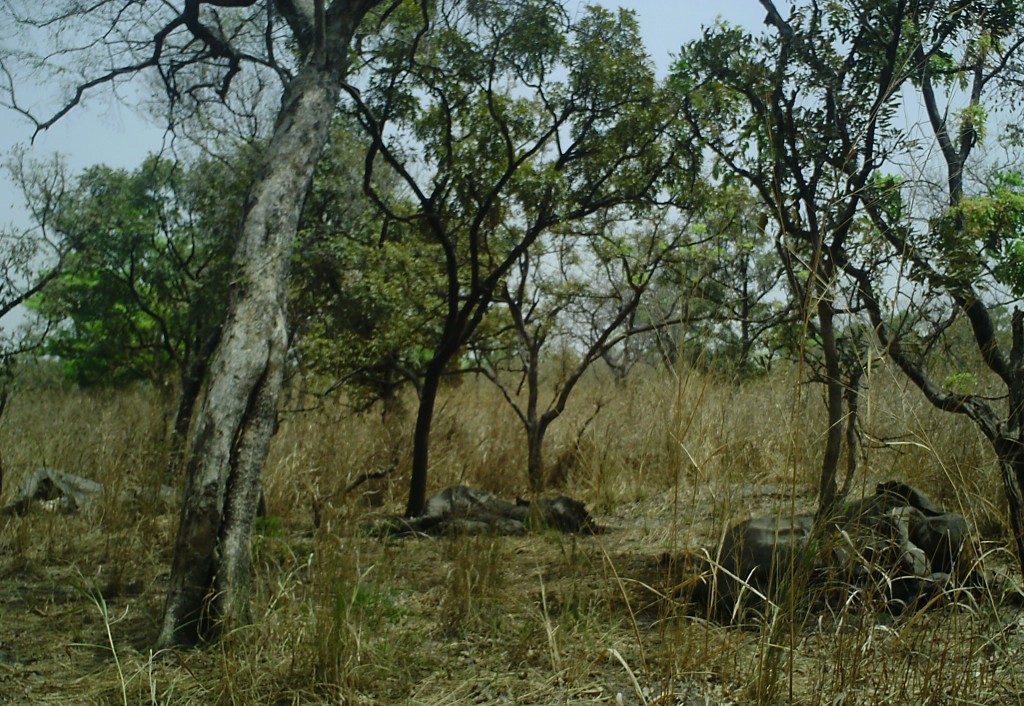Making piano keys from ivory hasn’t been done for quite some time, although it’s tough to get a consensus about when this actually ceased.
Most likely, every manufacturer stopped using ivory at different times due to many factors, such as economic, consumer preference, etc.
And it’s not really the whole key that’s made out of ivory. It’s really a wooden key with a thin coating of ivory.
In 1989, a worldwide ban on ivory sales was instituted, in an effort to get worldwide elephant populations to bounce back.
From an enormous population of 26 million elephants in the early 1800s, to around 10 million in 1900, and finally, less than 1 million today, the population has dwindled at an alarming rate.
To be fair to pianos, ivory was used in many places, such as combs, brushes, pool balls and of course jewelry.
Since the ban on ivory, a lucrative black market business has been booming.
Read below to discover the shocking reasons about why this continues to thrive more than ever.
WARNING: SHOCKING PHOTOS BELOW
#10 – Money. Pure and simple, this is a very lucrative business.
Experts estimate that illegal poaching in Africa brought in 17 million dollars in 2013, and the numbers are sure to increase.
#9 – Demand. In some countries, ivory is still very much in demand.
In one country, China, for instance, the demand is so great that prices for ivory have risen a great deal.
With a booming economy and people able to pay more and more, the poachers are even more aggressive with their efforts.
#8 Ignorance – It’s possible that in some countries, many people who desire to possess articles made from ivory don’t even know it’s illegal to sell new ivory.
So they may be buying it without knowing they are doing something wrong.
And the dealers do their best to spread misinformation about how ivory is obtained.
#7 No Ramifications – Lax enforcement in the countries where the ivory is sold, but also where the elephants are being slaughtered, is another reason why the poaching continues today.
To be fair, these poachers operate like gangs and are incredibly organized and very dangerous to deal with.
Any time there is a lot of money involved, the stakes go way, way up.
#6 Confusion – Not all ivory is illegal. It’s very complicated and extremely difficult to document exactly where ivory pieces have come from and when they were obtained.
Regulations exist all over the world. In the USA, for instance, it’s legal to sell African elephant ivory imported before 1989, and also Asian elephant ivory that was removed from the wild before 1976.
Illegal sales of ivory are very often mixed in with legal sales, and sales of ivory around the world are not really closely monitored.
#5 Sophistication – Poachers take advantage of technology and modern weapons to corner and slaughter their quarry. Many poachers are better equipped than the law enforcement officials who are tasked with stopping them.
Gangs and syndicates operate in both the supplying countries and the countries demanding the ivory.
Locals are terrified of these gangs of poachers, and the areas they operate in are poverty stricken.
Tourism in these areas is falling off, which only serves to exacerbate the problem.
#4 Poverty – Most areas that have a serious problem with poaching are remote locations where economic conditions are poor.
Having not many alternatives, and with weapons and other means easily obtainable, poaching is seen as a way to gain status and money.
As an example, in more economically developed areas, such as South Africa, poaching isn’t seen to be as much of a problem, although there is evidence that poachers may be setting their sights on these areas as well.
The tusks of one elephant can bring in more money than years and years of hard work, such as farming.
#3 Size Matters – Typically, poachers will go after the largest elephants in the herd that they can find. The bigger the elephants, generally, the bigger the tusks, and the more value they have to offer.
This could leave very young elephants without a mother or father to guide and watch over them, leaving them vulnerable to predation or starvation, further weakening the population.
#2 Numbers Game – One hundred is the number of African elephants estimated to be killed each day by poachers.
Five hundred thousand is the number of elephants estimated to the left in the wild.
A mature elephant tusk can weigh between 100 and 175 pounds, and a pound of ivory can fetch as much as $1500 on the black market.
#1 Total Ban – The ban on ivory is extremely difficult to enforce.
There is virtually no way to tell pre-ban from post-ban ivory, and dealers often mix in the two anyway.
This is why many people are calling for a total ban on the sale of any type of ivory.
It might seem extreme, but may be the only way for authorities to get control of this sad situation.
Elephant poaching continues to be a serious problem, and experts warn that if nothing is done to stem the flow of illegal ivory, the African elephant population could be eliminated in 15-20 years.
Is there any way we can help?
Yes, there are a number of ways.
Through education and awareness. Remember that some people believe tusks grow back like fingernails, or that the ivory is removed under sedation and doesn’t harm the elephant.
By not participating in the buying or selling of ivory.
Through donations to reputable agencies that are committed to the fight against elephant poaching.
It will take a massive effort to reverse this disturbing slaughter.














